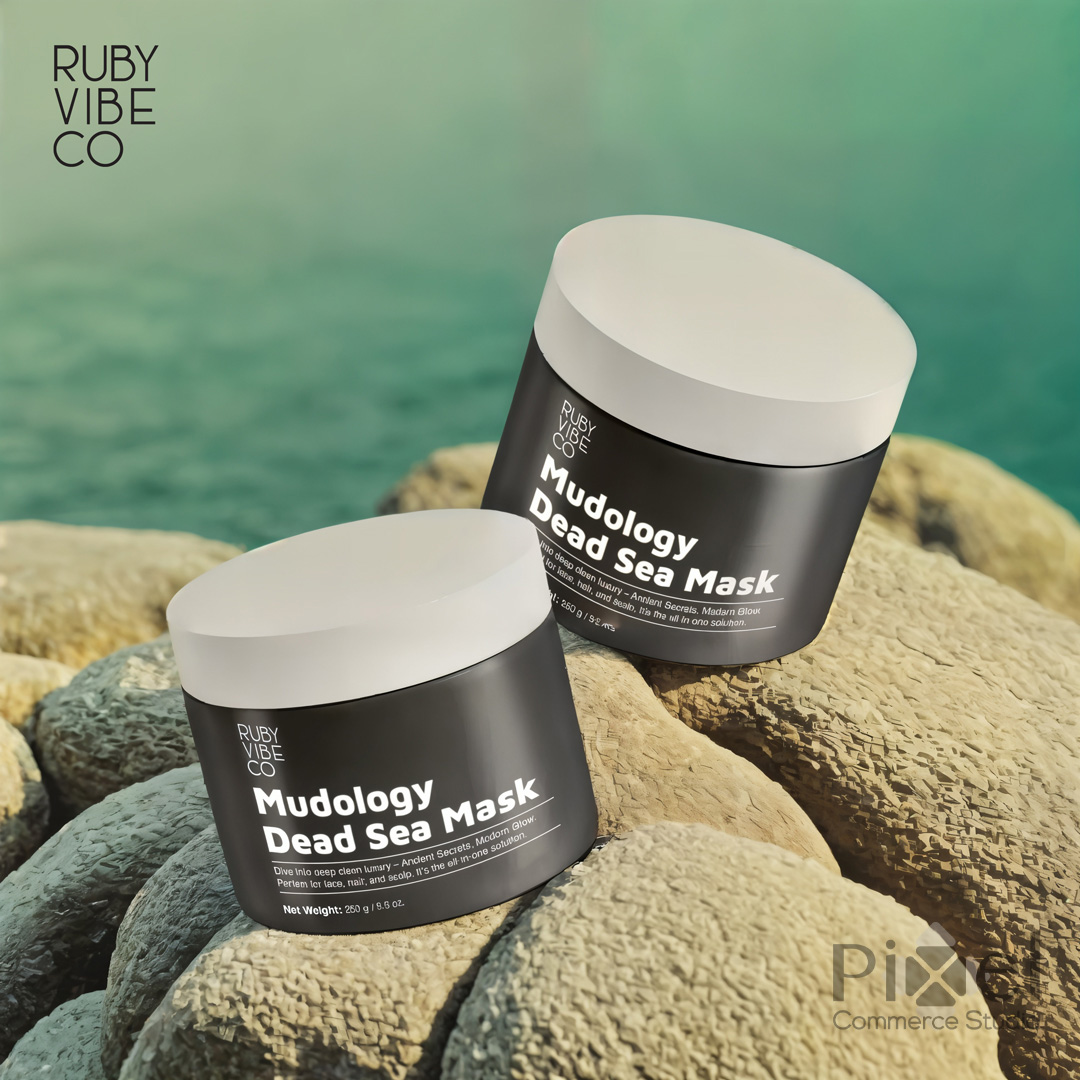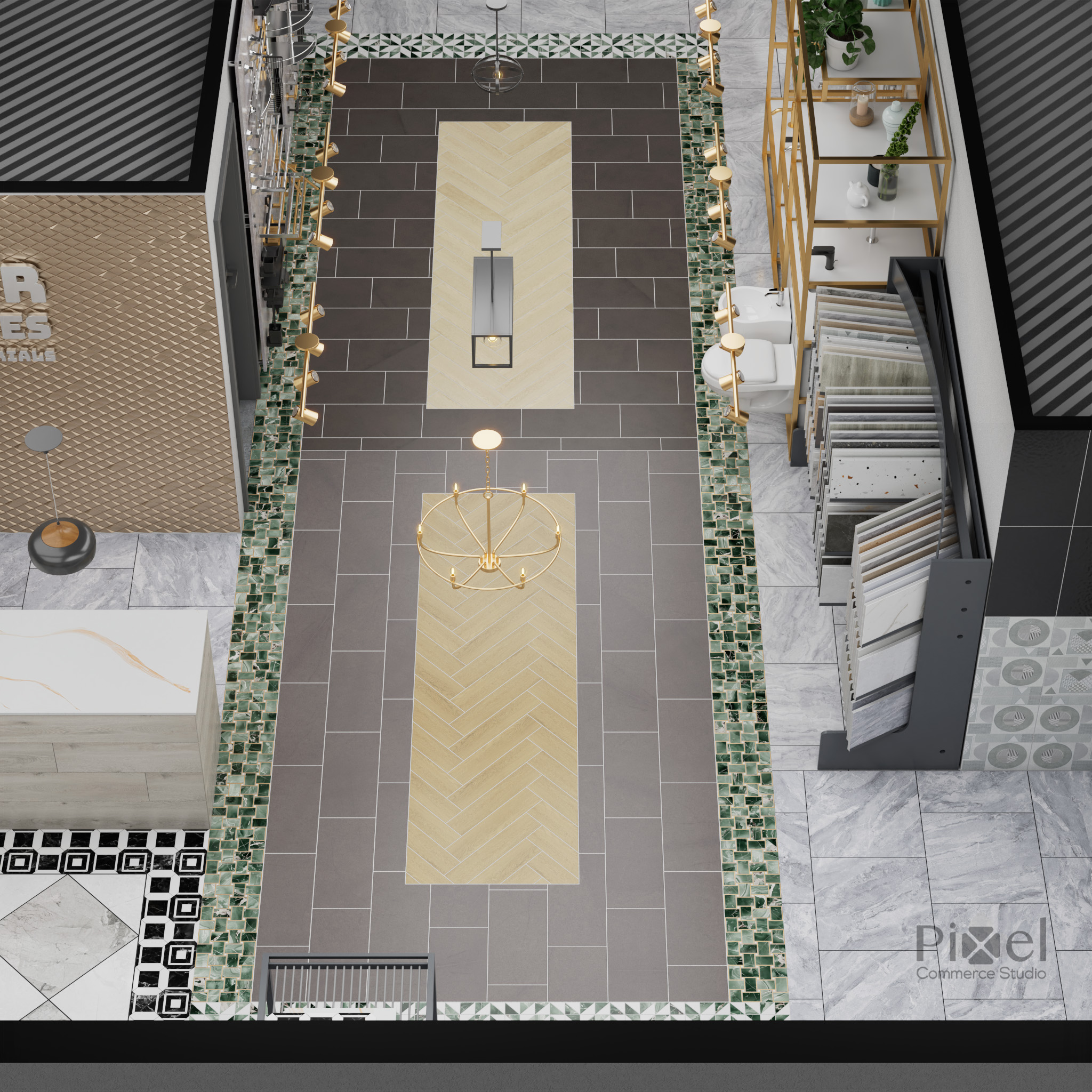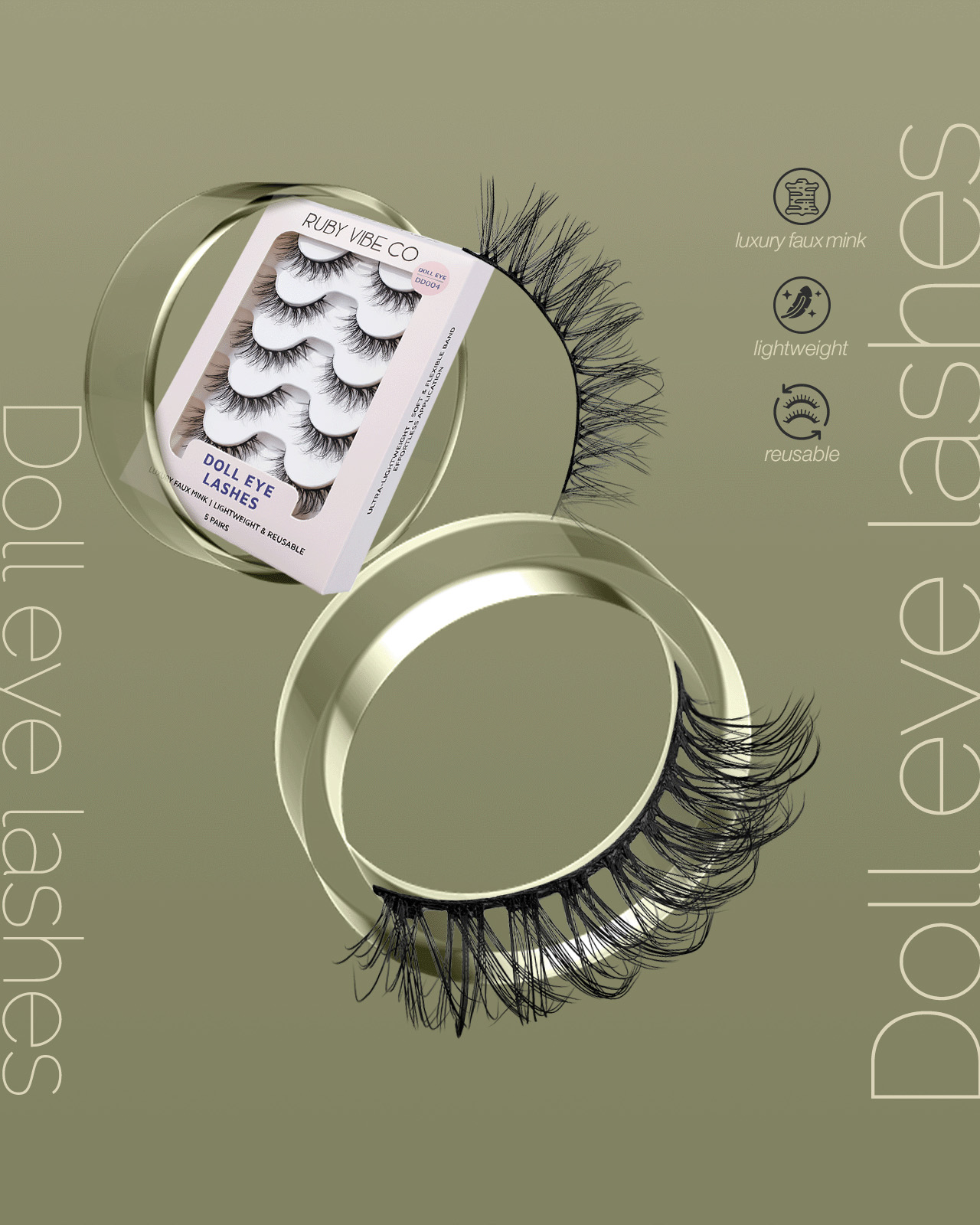The Role of Product Visualization in Increasing Online Sales
By Lucas VuongDigital Marketing & Growth Strategy Lead, Pixel Commerce Studio
October 3, 2025
In today's digital-first shopping landscape, product visualization isn't optional - it's essential.
In today's digital-first shopping landscape, product visualization isn't optional - it's essential. As e-commerce competition intensifies, brands must recreate the in‑store experience online. Through 3D modeling, augmented reality (AR), and interactive spins, product visualization bridges the sensory gap between browse and buy - significantly boosting engagement, reducing returns, and accelerating conversions.
At Pixel Commerce Studio, we specialize in 3D AI-enhanced modeling that elevates product visuals across formats - helping brands stand out and convert faster. Let’s explore how modern visualization drives sales and how you can leverage it.
1. Beyond Static Images: Why Visualization Works
A standard product image shows - but visualization immerses. Research shows shoppers interact with 3D/360° visuals more - 82% use 3D views when available, and adoption of AR leads to higher satisfaction. Viewers can rotate, zoom, and explore details just like in-store leading to:
- Greater confidence in product quality
- Fewer surprises at delivery
- Higher average order values
2. 3D AI Modeling: Conversion-Driven Photo-Realism
Pixel Commerce Studio employs 3D AI-enhanced modeling to deliver lifelike product visuals - no need for physical samples or photo studios. These visuals integrate easily with AR and shoppable experiences, reducing production time and costs while enhancing visual consistency across channels - web, mobile, catalog, and AR.

3. WebGL-Powered Interactive Experiences
With WebGL, shoppers can explore products in-browser rotating and zooming interactively. This immersive interface increases time spent per page and provides a closer look at features and textures, leading to informed purchases. Thanks to frameworks like Three.js, these visuals are responsive and seamless across desktop and mobile.
4. Augmented & Immersive Shopping Experiences
AR-powered visualization allows buyers to see products in their own space - be it furniture, decor, or apparel. Google’s generative AI tech turns 2D images into shoppable 3D models, while platforms like Augment enable real-time, in-context visualization. This hands-on digital interaction enhances confidence, reduces returns, and drives conversions.
5. Customization and Configurators: Engaging Shoppers
3D configurators let users tailor colors, textures, and finishes. Ideal for high-value, customizable items, these tools offer creative control and ownership. Studies show configurable interfaces improve trust and can boost conversion rates by up to 60% compared to static product photos.

6. Key Benefits for E-Commerce Sales
Elevated Engagement
Interactive formats hold customer attention longer - leading to deeper product exploration and more time on site.
Reduced Returns
When a product behaves visually true to life, expectations match reality - cutting misfit or quality-related returns.
Stronger Trust
Photo-real visuals signal professionalism and credibility. According to UXMatters, 67% of shoppers say product imagery is “very important” to purchase decisions.
Faster Onboarding to the Market
3D AI modeling streamlines asset creation, enabling brands to launch products without waiting for studio photography.
7. Return on Investment: A Data-Driven Argument
An 82% usage rate on sites with 3D indicates widespread consumer adoption. And brands using configurators often report conversion uplift in the 20–60% range. With reduced photographic overhead and fewer returns, visual investments practically pay for themselves.
8. Integration Tactics for E-Commerce Stores
- Audit your catalog – Identify high-ROI and best-seller SKUs for 3D visualization.
- Start with 360° spins – Quick to implement and highly effective.
- Scale to 3D & AR – Deploy configurators and AR for premium or complex SKUs.
- Optimize performance – Balance visual fidelity with fast loading via compression and WebGL optimizations.
- Track uplift – Monitor interaction rates, time on page, AOV, and return data to measure impact.
Pixel Commerce Studio supports every stage - from modeling and CMS integration to performance analytics.
9. The Future: Generative & Immersive Commerce
AI-generated 3D models are hitting the market thanks to tools that convert as few as three images into shoppable assets. We’re moving toward interactive VR showrooms and dynamic customization workflows - where every product variant is visualized instantly for instant purchase.

10. Why Pixel Commerce Studio Leads in Visualization
- Hassle-free 3D AI modeling - no need for samples or studios
- Visual-first strategy alignment with AR readiness and WebGL integration
- Performance-driven design to preserve page SPA while delivering stunning visuals
- Data-backed measurement of conversion, engagement, and return reduction
Conclusion: Visualization as a Growth Lever
Product visualization is no longer a luxury - it's a necessity for any e-commerce brand aiming to compete in 2025. From 360° spins and configurators to 3D modeling and AR, these tools enhance trust, reduce friction, and drive sales. When executed thoughtfully, visualization elevates consumer experience and positions your brand as modern, credible, and conversion optimized.
At Pixel Commerce Studio, we’re experts in visual commerce - with full e-shop enablement, branding, and marketing integration. Ready to make your products shine?
Visit PixelCommerceStudio.com to learn how our visualization tools can redefine your online storefront.






